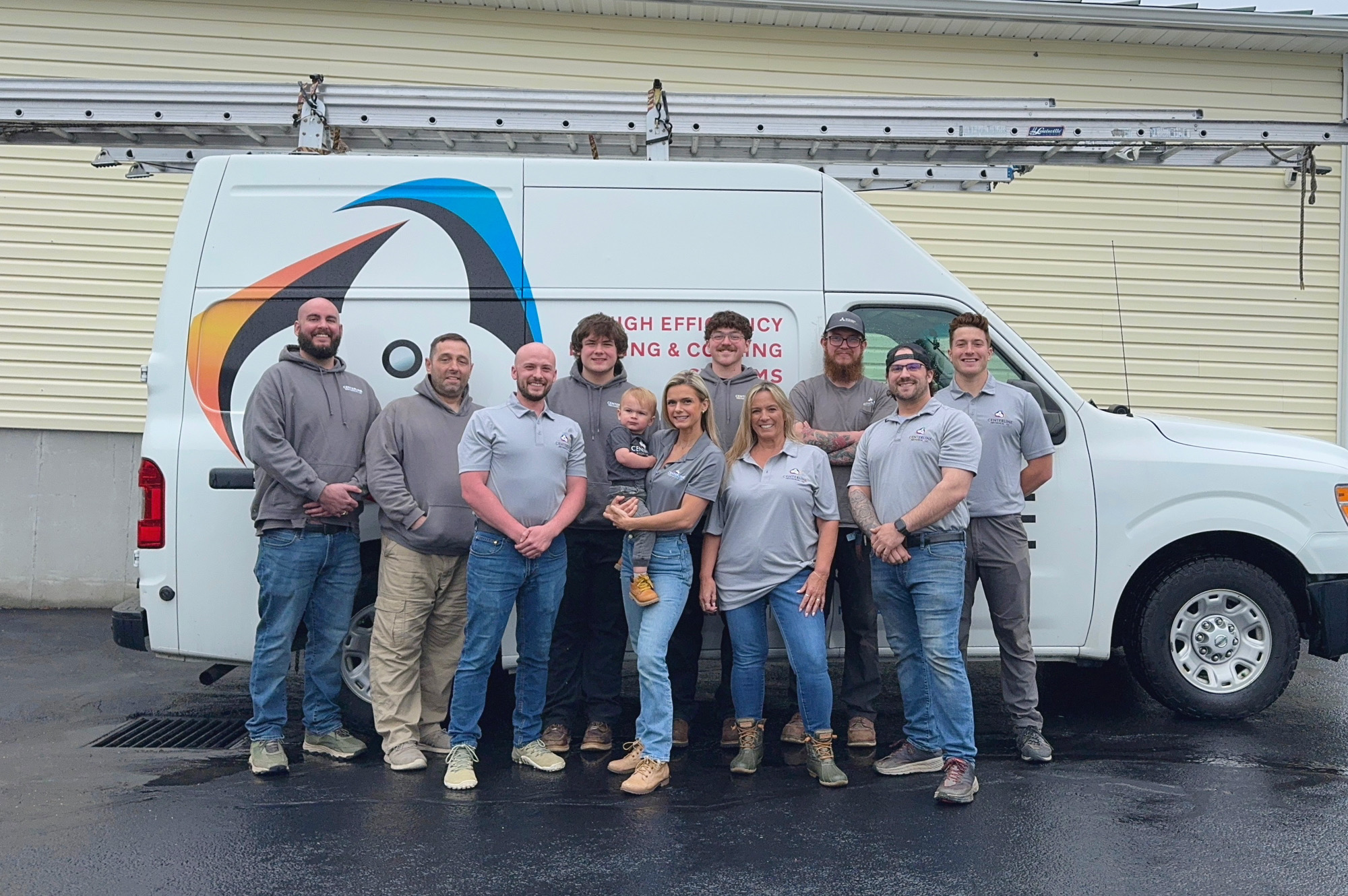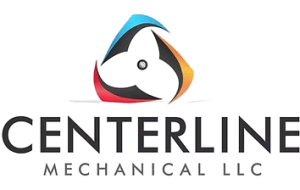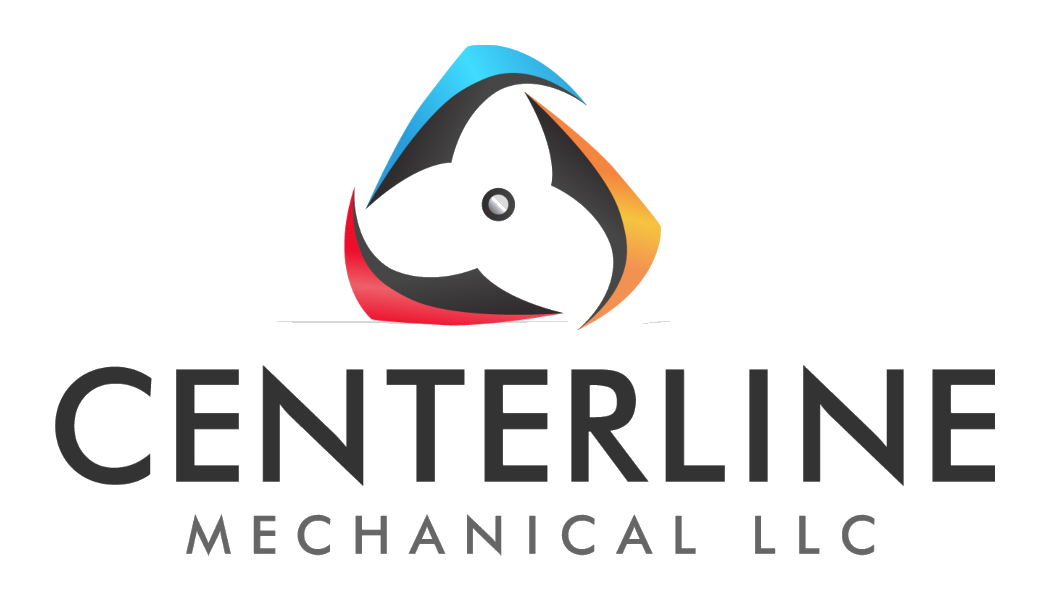Is a Mini Split the Right Fit for Your Home?
Mini splits shine in rooms that never stay comfortable, in additions without ducts, and in whole-home projects where you want room-by-room control. They deliver heating and cooling with one outdoor unit and one or more indoor units.
No long duct runs means fewer losses and better efficiency.
In Upton, we see them used for finished attics, bonus rooms over garages, in-law suites, and first-floor family rooms. Cold-climate models keep making heat even when the temperature drops into the single digits, which matters here.
Mini Split Installation, Upton MA — Your Options
Single-zone systems
One outdoor unit, one indoor unit. Ideal for a single problem room or a small apartment over the garage. Simple, quiet, and quick to install.
Multi-zone systems
One outdoor unit serving several rooms. Each indoor head has its own control so you are not heating an empty room.
Wall mounts, floor units, ceiling cassettes
Wall mounts are easy to service and clean. Floor units help when wall space is limited. Ceiling cassettes keep the equipment out of sight but need planned access.
Cold-climate heat pumps
These deliver reliable heat and cooling year-round. We set them up with winter in mind, including placement above typical snow levels and clear airflow paths.
How We Design Your Mini Split System
Room-by-room load calculation
We measure room sizes, window area, insulation, and sun exposure. Right sizing prevents short cycling in spring and fall and keeps dehumidification steady in summer.
Unit placement that works in real life
We avoid blasting a sofa or a crib, keep service clearances open, and place the outdoor unit away from roof drip lines and heavy snow. We set drain lines with steady pitch to prevent water back-ups.
Clean line routing
Refrigerant lines, drain, and control cable pass through a sealed wall sleeve, then run in protective covers. Outside, covers keep lines tidy and shielded from sun and weather.
Mini Split Installation Process
Prep and protection
We cover floors and furniture, confirm indoor unit heights, and mark the wall penetration. Outside, we set a level pad or wall brackets and confirm the final location with you.
Mount and connect
Indoor brackets go in first. We drill the sleeve, pull in line sets and the drain, and mount the head level. Outside, the condenser is set on a pad or brackets with vibration isolators. The drain exits to daylight with a steady downhill run.
Electrical and controls
A dedicated circuit and outdoor disconnect are installed by a licensed electrician. Control wiring is landed at both ends and tested before start-up.
Commissioning and checks
We evacuate the lines to a deep vacuum, weigh in charge when required, and check for leaks. The system is run in heat and cool. We verify temperature split, airflow, and quiet operation. You get a quick lesson on cleaning filters and using the controls.
Expect a tidy site and a documented start-up—lock in an install date at (508) 310-0955.
Call (508) 310-0955
Discuss your project with our experts and receive a same-day estimate window, so you’ll know exactly what to expect before we begin.
Call Now
Permits, Codes, and Inspections in Upton
Upton’s Code Enforcement accepts permit applications and inspection scheduling online. We handle the paperwork.
Refrigeration work is performed under Massachusetts licensing. Electrical work is done by a Massachusetts-licensed electrician with an electrical permit. If a project adds any ductwork, a sheet metal permit is pulled by a licensed sheet metal worker.
We follow manufacturer clearances and mounting guidance, seal all penetrations, and keep an accessible outdoor disconnect per electrical code.
Outdoor Unit Placement for New England Weather
Outdoor units need airflow and protection from the worst of winter. We place them above typical snow depth, avoid roof valleys and falling icicles, and keep the back of the unit clear so it can breathe.
In tight side yards, wall brackets lift the unit up and away from snow and leaf buildup. A simple snow shield and good drainage stop ice from packing around the base.
Noise carries farther on still winter nights. We set units where sound reflects less and confirm with you that the location will not bother a bedroom window.
Electrical, Controls, and Connectivity
Every mini split needs its own electrical feed that matches the unit’s requirements. We run that circuit from your panel, put in an outdoor shut-off switch where it’s easy to reach, and make sure everything is grounded the way it should be.
The breaker gets labeled so you know exactly which one it is. Control wiring is run in a way that keeps it out of harm’s way and easy to get to if it ever needs servicing.
If you’re adding a smart thermostat or remote control, we’ll hook it up, walk you through the basics, and show you how to keep the settings where you want them.
Rebates and Financing
Heat pump rebates are available for qualifying systems. The level depends on whether the system heats the whole home or supplements an existing system and on the equipment efficiency. Paperwork and proof of installation are required, and some projects benefit from a home energy assessment. We help document the install and submit the forms.
After-Care: Keeping Your New System Reliable
Plan on cleaning the indoor filters monthly during peak use. Rinse the outdoor coil with a garden hose on low pressure if leaves or grass clippings build up.
Keep twelve to eighteen inches of clear space around the unit and shovel snow away after storms. Once a year, schedule a check where we confirm charge, electrical readings, drain performance, and coil condition.
Small habits make the biggest difference: keep furniture a few feet from the indoor head, leave vents on the unit open, and check the drain outlet outside after heavy pollen or leaf drop.
What to Expect on Timing and Access
Most single-zone installs finish in a day. Multi-zone systems usually take two days, especially when adding wall repairs or panel work.
We need driveway access for a box truck, a clear path to the work area, and a small space outside for tools and the vacuum pump. If your street gets busy near school pickup, we schedule around it to keep things smooth.
FAQs
Common multi-zone setups serve two to five rooms. We match the outdoor capacity and the indoor heads to your actual room loads.
Yes, with a good design and cold-climate equipment. We place heads where heat actually moves through the space and size for winter, not just summer cooling.
Most penetrations are a neat three-inch sleeve with a trim plate. If a wall patch is needed, we tell you up front and handle it cleanly.
Yes. We coordinate inspection through the town’s online portal and meet the inspector. You will not have to explain the project—we do.
Licensing and Compliance
Refrigeration Contractor License #11040. Electrical work is performed by a Massachusetts-licensed electrician. If a project adds ductwork, a Massachusetts-licensed sheet metal worker pulls the permit.
We recover and handle refrigerants under federal rules. Permit applications and inspections are coordinated through Upton’s Code Enforcement portal. No outcomes or timelines are guaranteed; schedules depend on equipment and municipal processing.
Ready for a clean, winter-ready install with permits handled? Call (508) 310-0955 or email officemgr@centerlinemech.com to request a site visit.




